Are You a Better Judge of Effort Than Technology?
Technology measures training load, but the data often doesn't match how you feel. This evidence-based guide explores how to combine objective metrics with subjective feedback for a complete picture.
I’ve written in the past how coaches advocate tracking training, load and recovery by monitoring three different metrics: external workload (how fast, how far, how long), internal workload (heart rate or lactate levels) and subjective feeling (athletes’ perception of how hard it felt). The first time I encountered this trifecta of training metrics I was confused - assuming you had accurate and reliable internal and external workload tracking, what is the benefit of tracking subjective feeling? Why should we rely on something seemingly so vague and biased as how a workout felt?
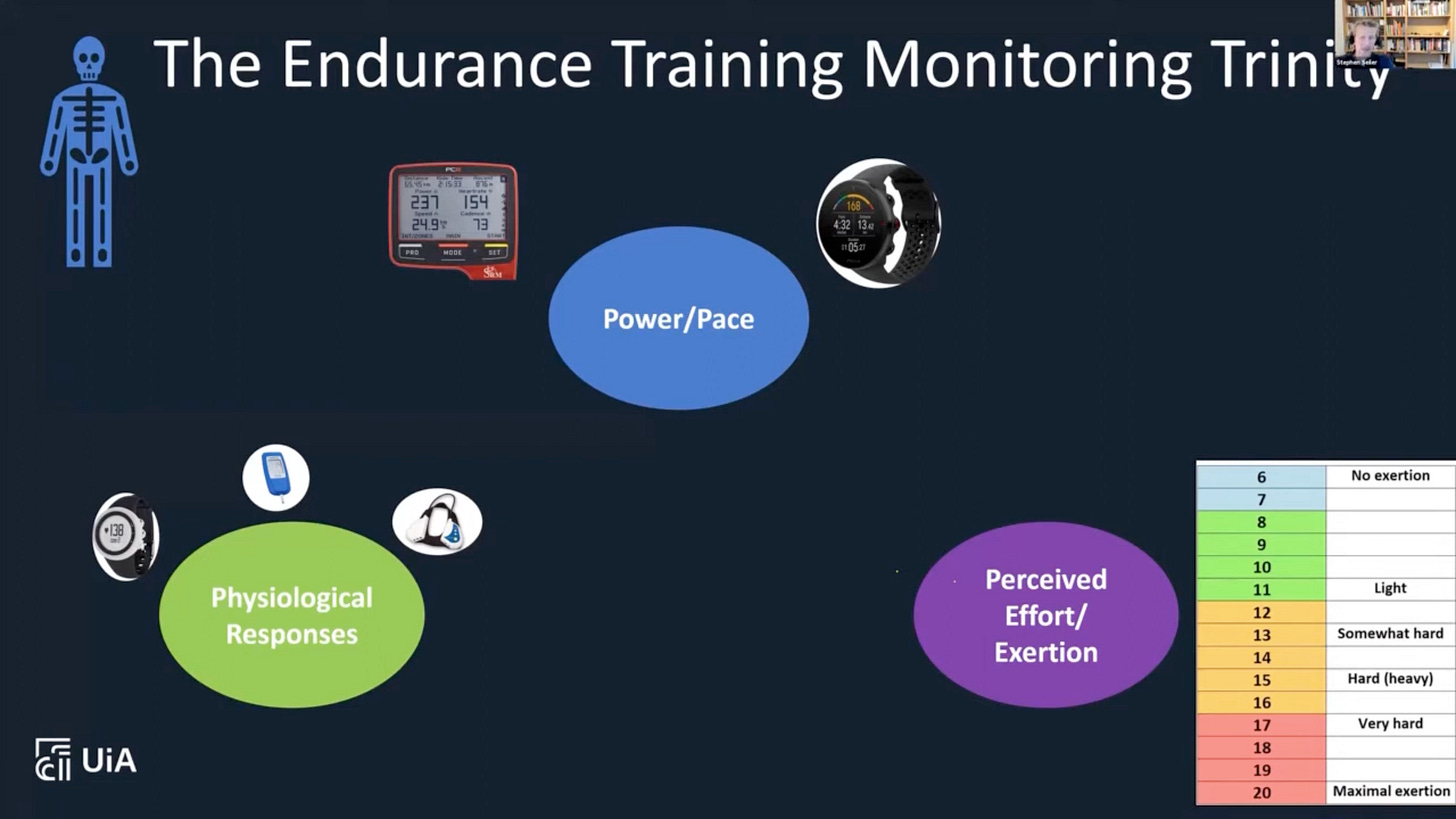
Nevertheless, wherever I looked, I saw athletes and coaches recommending the use of subjective feeling tracking. A lot of high profile coaches in the ultra running space like Marco Altini and the team at CTS structure training around the rate of perceived exertion (RPE). They don't disregard pace or heart rate, but they frequently use the athlete's perception of effort as the primary language for prescribing and communicating intensity. This preference suggests that subjective feedback provides value that objective metrics cannot communicate.
And yet, I’ve struggled to really integrate perceived exertion in my training. Sure, I would half-heatedly choose a perceived exertion number on my watch post-run, but I never used it to guide my workouts or analyse any training patterns. However, its time that I take a deeper look.
This article explores the science behind subjective metrics, how to use them to measure the load induced by your workout, and look at some novel research which suggests that listening to your body's perception might be more effective than relying on the data.
An RPE History Lesson
When athletes and coaches discuss Rate of Perceived Exertion (RPE), they typically refer to one of two scales, a 6-20 scale or a 1-10 scale. Both scales were designed by Swedish scientist Gunnar Borg, who introduced the field of perceived exertion way back in the 1950s. In the 1960s, he released the 6-20 scale which is known as the Borg RPE Scale, which was later followed by the 1-10 scale, named CR10.
The following sections will focus on understanding these two scales, their strengths and weaknesses, and how they relate to each other.
The Original Borg 6-20 RPE Scale
The most striking feature of the Borg RPE scale is its 6 to 20 range. Borg designed it this way so that it correlates to the athlete's heart rate when you multiple the RPE score by 10. For example, an RPE of 13 would correspond to a heart rate of approximately 130 bpm. The lowest number being a 6 represented a resting heart rate of 60, while the highest number being 20 represented a maximal heart rate of 200. The scale was anchored using verbal cues, with a 9 representing "Very Light” and a 17 representing “Very Hard”. Furthermore, the scale is equidistant, with 14 representing twice the exertion of 7.
A 20 on the scale represents the absolute maximum, which is described as “an intensity that most people will never have reached previously in their lives”. This makes it a hypothetical construct, with 19 being the highest level of exertion most people have ever experienced, such as when running hard or carrying objects for a few seconds.
However, over time, Borg and his research group noticed that a more sophisticated measure of perceived exertion was needed, one which is not anchored to heart rate and considers pain as a metric of exertion. This led to the development of a new scale.
Understanding the Borg CR10 Scale
The Borg CR10 (Category-Ratio) Scale was created to address the shortcomings of the original 6-20 scale. Its primary advantage is its decoupling from heart rate. It acknowledges that exertion can go beyond heart rate, and that heart rate itself may be influenced by factors external to effort like temperature, anxiety, caffeine, and fatigue. The CR10 scale measures overall perceived exertion, making it more reliable across different conditions.
Its decoupling from heart rate also allowed it to be applied to a wider range of situations. The scale's verbal anchors are intentionally general (e.g., "Moderate," "Strong," "Very Strong"). This allows it to quantify not just cardiovascular effort but also muscle pain in weightlifting or even sensations unrelated to exercise, like a headache. The maximum value, 10, is defined as the "Absolute maximum" exertion possible, removing the hypothetical nature of the original scale's peak.
Finally, the scale includes a true 0 ("No exertion at all"), which provides a mathematical baseline. This allows for more meaningful comparisons; an effort of 8 is understood to be twice as intense as an effort of 4. This could not be achieved when the baseline was 6.
These changes make the CR10 scale more robust for quantifying subjective experiences across a wider range of intensities and across different individuals and contexts, particularly for precise comparisons and absolute measurements of perceived intensity and pain, where the absence of sensation (zero) is as important as maximum sensation.
Although a 0-10 scale is familiar, it is only effective if you always report your perception, not what you expect the correct answer to be. If you constantly modify your answer depending on what you think your response should be, then your results are not reliable and comparable anymore.
Furthermore, a key feature of the CR10 scale is its flexibility. Borg specified that users are not limited to whole numbers, and using decimals like 5.5 or 8.2 is encouraged for more precise feedback.
While the CR10 is often seen as more sophisticated scale between the two, the original 6-20 RPE scale is still widely used and effective. Borg provided a conversion table for those wishing to translate between the two scaled, emphasizing that both scales are valid for quantifying effort.
RPE As A Metric for Session Intensity
One common point of confusion is that RPE can refer to the intensity at a specific moment or the intensity of an entire session. A coach might prescribe intervals at an RPE of 7, but what do you report when asked to report the RPE of the whole workout which included an easy warm-up and cool-down? Research shows that while some athletes attempted to break down the session into phases and provide ratings for each phase, a single holistic rating proved to be just as effective and reliable.
Furthermore, Foster et al. proposed that the RPE value given for a particular session may be used to quantify the load induced by that session. They called this concept Session RPE (sRPE). The calculation is as follows:
sRPE Load = Session RPE (on 0-10 scale) × Duration (in minutes)
A 60-minute run that you rate a 5 ("Strong") in overall difficulty would result in an sRPE load of 300.
This method contrasted the traditional "gold standard", TRIMP (Training Impulse). TRIMP is a heart-rate based metric that combines the duration and intensity of the exercise into a single number. While multiple variants of TRIMP exist, including Banister’s TRIMP, Edwards’ TRIMP and Lucia’s TRIMP, all of them multiply some heart-rate derived metric by the duration of the exercise in minutes. This is in contrast with sRPE, since sRPE does not utilise internal workload metrics to derive load.
Since sRPE relies on perceived exertion, it raises the question whether a subjective metric is as valid as an objective (heart-rate) metric to measure training load.
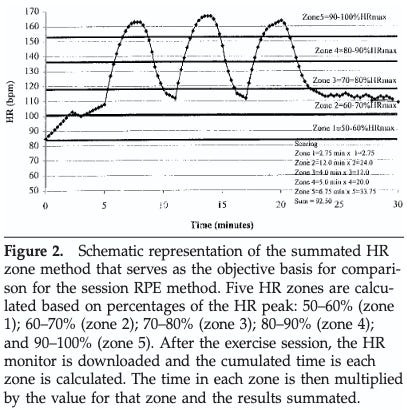
Validating sRPE Against Objective Metrics
A seminal 2017 literature review by Haddad et al. analyzed 36 studies that specifically examined the validity of sRPE. The review found that sRPE consistently and strongly correlated with objective physiological markers across numerous sports. Specifically, sRPE showed correlations with:
Various TRIMP models (Banister's, Edwards', Lucia's) in soccer and swimming amongst others.
Percentage of maximal HR (%HRmax) in soccer and Australian football.
Percentage of the maximal volume of oxygen uptake (%VO2max) in males and females practicing interval training.
Velocity at lactate threshold in soccer.
These correlations show validity in using perceived exertion not only as a way to quantify the exertion of a session, but also to understand the load the session inflicts on an athlete.
However, this validation rests on the assumption that metrics like TRIMP and %HRmax are the definitive measures of training load. These results only prove that sRPE is correlated to these metrics, not that they accurately measure session load. Is combining duration and internal workload really the best way to determine session load? Is there something entirely different which may quantify session load even better than these metrics?
While we don’t know for sure, some novel research gives us additional clues.
When Training Load Metrics Don’t Predict Fatigue
We have established that Session RPE (sRPE) is a valid proxy for the physiological stress of a workout, correlating well with metrics like TRIMP and %HRmax, but does a higher training load always mean a greater impact on performance? Novel research challenges this assumption, revealing a disconnect between established training load metrics and performance decrement an athletes experience after a session.
Putting Metrics to the Test
In 2021, Kesisoglou et al. had well-trained runners complete four different experimental sessions: 10 minutes at maximal intensity (RPE 10) and 25 minutes at sub-maximal intensity (RPE 6), performed one continuously and once intermittently. They then had athletes perform a 1500m time trial after each session and measured the Acute Performance Decrement (APD) by comparing their post-session time trial result to their baseline 1500m time trial. They then compared the performance decrement to the various training load metrics induced by the sessions, including sRPE and TRIMP, with the goal of understanding whether the APD was correlated to the session load.
Although the magnitude of APD was largely similar between workouts, the shorter workouts showed a slightly higher APD. However, the training load metrics, including sRPE, directly opposed the APD results, since training load was lower for shorter sessions. Additionally while APD was similar between continuous and intermittent sessions, training load was significantly lower for intermittent sessions.
In 2025, a study by D'Alleva et al. attempted to answer a similar question by having runners perform low intensity, medium intensity, long duration high intensity and short duration high intensity sessions. All sessions were designed to produce identical Lucia’s TRIMP score, theoretically representing an identical training load. They then measured the subsequent APD with a time-to-exhaustion (TTE) test performed post-session and compared it to the baseline TTE test. Results were then compared to a number of heart rate-derived TRIMP metrics, heart rate variability and sRPE amongst others.
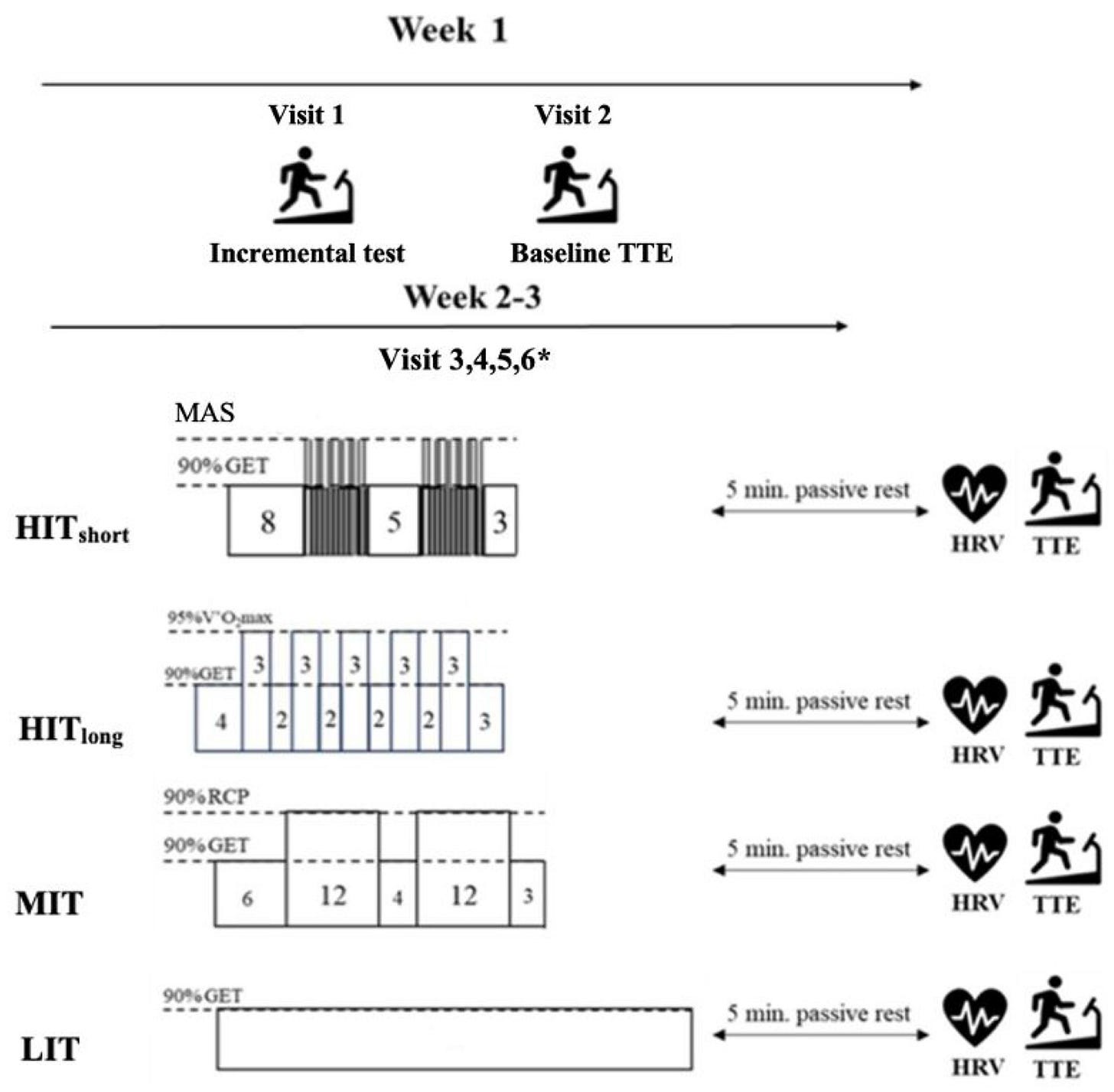
Results were similar to the previous study. While the long duration high intensity session produced a significantly higher APD than the low intensity session, most training load metrics showed higher values for low and medium intensity sessions. Once again we see a contradiction between the APD values generated and the training load metrics.
In essence, the metrics we rely on to tell us how "hard" a session was failed to predict how much that session would impact the athlete and tire them out.
The Limitations of Training Load Metrics
Naturally the researchers attempted to understand why this disconnect exists and they point to two main flaws in the training load metrics.
Firstly, both TRIMP and sRPE use duration as a direct multiplier, resulting in an over-reliance on duration. This systematically overestimates the load of long, low-intensity sessions and underestimates the impact of short, high-intensity work.
Secondly, TRIMP and other heart-rate-based metrics are skewed by the body's delayed HR response. During short and intense intervals, heart rate doesn't have enough time to climb to its peak, leading to an underestimation of the true stress of the effort.
Introducing the NASA-TLX
In both studies, the only metric which showed a meaningful relationship with Acute Performance Decrement (APD) is the NASA Task Load Index (NASA-TLX) (yes, NASA the space agency).
Unlike sRPE, which asks for a single rating of physical exertion, the NASA-TLX is a multi-dimensional tool that assesses load through perception by providing a rating for 6 dimensions associated with the task:
Mental Demand: How mentally demanding was the task?
Physical Demand: How physically demanding was the task?
Temporal Demand: How hurried or rushed was the pace of the task?
Performance: How successful were you in accomplishing what you were asked to do?
Effort: How hard did you have to work to accomplish your level of performance?
Frustration: How insecure, discouraged, irritated, stressed and annoyed were you?
By combining the values derived from these six questions, the NASA-TLX was able to predict acute performance decrement better than any other training load metric. By removing duration as an explicit metric, the NASA-TLX was able to better provide a more holistic picture of the total stress induced by a workout. Therefore, they conclude that the NASA-TLX shows potential for evaluating training sessions due to its good agreement with APD.

A Nuanced Understanding
While these studies are eye-opening, they do not mean that sRPE or TRIMP are useless. As we've seen, they remain good tools for tracking overall physiological stress over time however, they might not tell the entire story and a more nuanced understanding is required. Combining a load metric with subjective understanding, potentially through post-activity comments, still seems to be most holistic way to understand and quantify the effect of a training session, or a group of sessions, for an athlete.
Therefore, my recommendation is to treat subjective feeling (RPE rating and post-activity comments) with the same importance you treat internal workload monitoring, since the combination of the two metrics provides a superior understanding to just one of those metrics.
From Skeptic to Advocate
I started this article saying that I was skeptical about the need for subjective metrics. While I saw respected coaches and athletes championing them, I couldn't understand why they were as important as the objective data. My goal was to find tangible evidence of their importance, and this deep dive into the research delivered exactly that, allowing me to gain a much more nuanced understanding.
We've seen that Session RPE (sRPE) is a scientifically validated tool for quantifying the physiological load of our training. We’ve also found situations where these load metrics fall short, and how multi-dimensional subjective may provide a more accurate understanding of the effects of a session on fatigue and performance decrement.
Going forward, I will start treating subjective feedback as a first-class citizen in my training log. Furthermore, I will attempt to incorporate subjective feedback when attempting to understand the impact of my training, giving it equal weight when compared to other “hard” metrics.
Now, I turn the conversation over to you; how do you currently use perceived exertion in your training? Have you used subjective input over objective metrics to drive your training? And for those of you who have never used perceived exertion before, have I convinced you to at least give it a try?
I’m looking forward to reading about your experiences in the comments below.



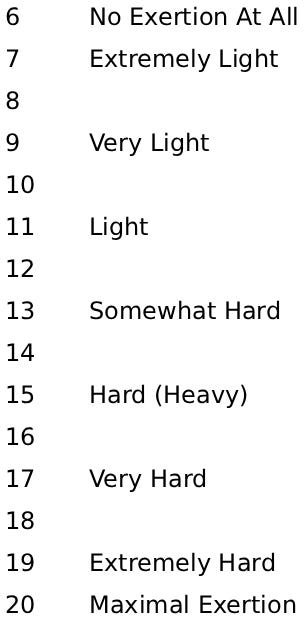
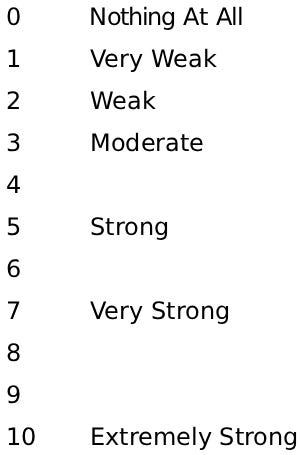

I myself used a Casio from June of 2020 when I started running till November of 2021. Since then I have been using Pace Pro. The main reason to use watch is I generally get lost on the routes of trail races impacting my performances. Since, I have run with Casio for 4 years, I am highly attuned with feel & effort based training. What I generally witness is people are over reliant on watches and let watches gauze their efforts instead of they need look for how their whole body is reacting to the paces they are running. One can't be reliant on watches while running a cut throat competition or while wanting to run PB in any distance.
It goes both ways, training is both Easy & Complex. If we are into starting phase meaning we have started any activity we need not focus on zones as our first priority should be we should have the drive to do it for at least couple of years to see some significant gains in physiology. And yeah at the start every kind of training works as a stimuli, it comes after a couple of months or one can say a couple of years as well when they need to focus on 1% improvement markers. Fundamental is the key meaning putting in the work, nutrition during the workout & for the whole day for months on and recovery in terms of sleep. Sticking to basics does wonders but in this era of information overload & easy access to it, we are focusing firstly to 1% improvement markers rather than 99%.
But even I myself have learned this the hard way, I have read tons of books, listened to almost fifteen thousand podcasts. When I read Scott Fauble & Ben Rosario's book Inside a Marathon, then I got a glimpse of how much of just running people like myself are doing, meaning just running and not training. People want to just run fast in just a couple of weeks or months, but this not how our physiological & muscular adaptations take place. As Kilian Jornet said it takes months and years for your bodies to adapt to the stimuli and our cells and mitochondria to adapt and get the stimulus to get fast and build a huge aerobic base. People don't want to run easy, they just see it on multiple social media platforms and then come to a conclusion I am no where near what people run, I need to run this fast but they need to study multiple coaches from Arthur Lydiard, Renato Canova, Jack Daniels, Joe Vigil, Ed Eyestone, Mike Scannell and others as well.
And isn't mileage just a by product of showing up with consistency to put in the work? Racking up miles is just one form of consistency. Eating enough food through out the whole day to fuel the body while training for any endurance activity needs consistency, sleep also needs consistency, strength & mobility work needs consistency and mental fitness also needs consistency. All these things need consistency and needs to be done in balanced manner, if one thing gets under done- then either the body crumbles or we will not be able to perform at our best level. If we take care of our bodies and listen to it, it will provide us with great performances but if we just keep banging the door w/o listening to it, somewhere down the road it will crumble and then we will think we were more focused on racking up miles which was just a small part of training.
There is one thing told that work harder than everybody else in the room but one doesn't tell it all boils down to mental component a lot as well, what kind of internal monologue goes b/w our ears is a great predictor of either limits or propels our progression, the amount of improvement we can do in any domain/walk of life.
Franz Stampfl, coach of Roger Bannister said-The great barrier is the mental hurdle.
If Roger Bannister's coach knew it 70 years ago, then there is for sure people need to know that yeah mental component is a huge chunk of whether one succeeds or not.
There is one thing told that work harder than everybody else in the room but one doesn't tell it all boils down to mental component a lot, what kind of internal monologue goes b/w our ears which either limits or propels our progression, the amount of improvement we can do in any domain/walk of life.